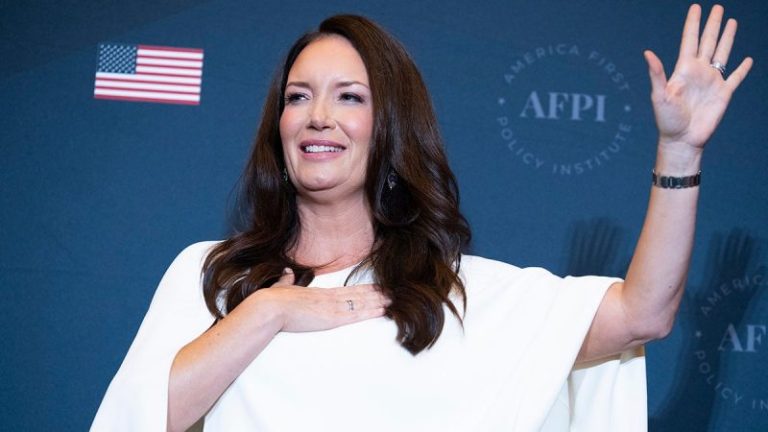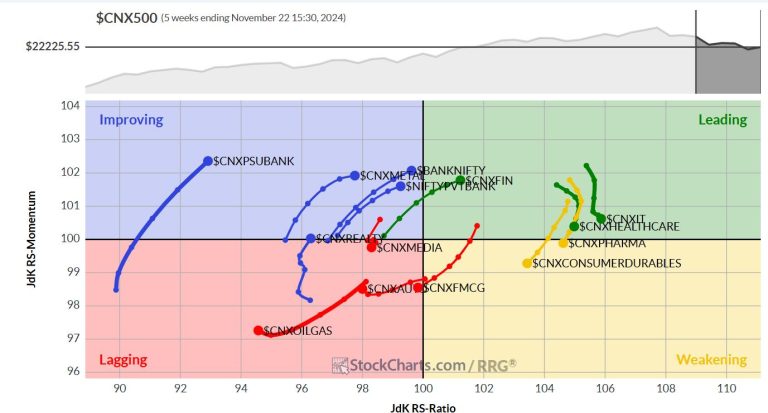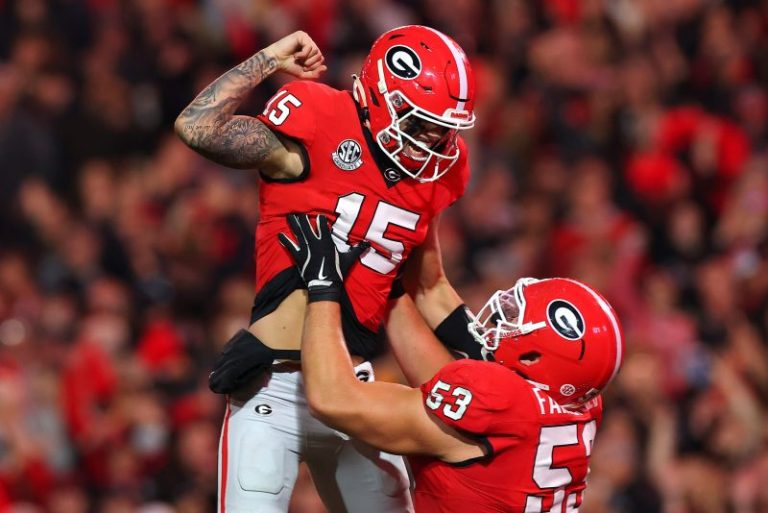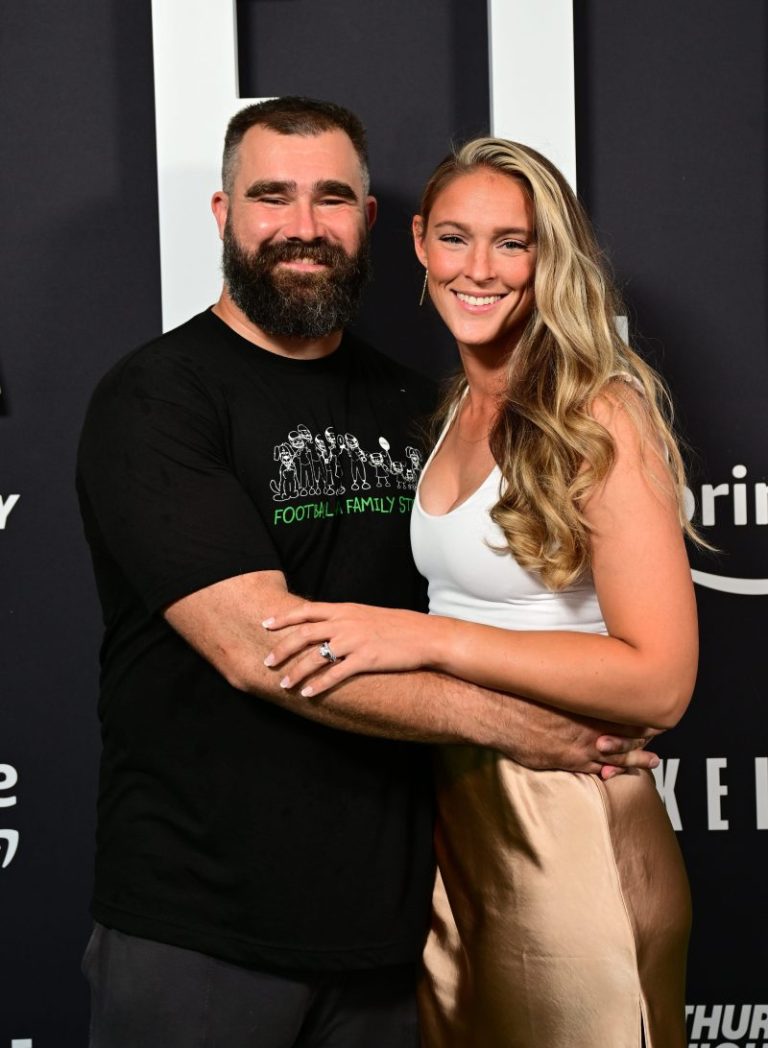As far as physical activity goes, American kids are mostly C and D students.
And “everything is graded on a curve,” says Jordan Carlson, a professor of pediatrics at Children’s Mercy Hospital in Kansas City, Missouri.
Carlson is the committee chair of this year’s United States Report Card on Physical Activity for Children and Youth, which was released last month. It offers a stark rendering of how our children and youth are “insufficiently active.”
The report draws upon data from a number of nationally representative surveys. Its goal is to inform (and in many cases, warn) about how kids are doing in relation to federal physical activity recommendations.
More specifically, 20-to-28% of 6-to-17-year-olds meet the 60 minutes of daily physical activity guideline set by the U.S. Department of Health and Human Services.
Their overall grade: D-.
“This is a systemic problem,” says Pam Watts, president of the Physical Activity Alliance (PAA), which puts out the report card.
“This isn’t just a funding problem or a programming problem or a localized problem. This is a pervasive, systemic problem.”
While the report is a call-to-action for policymaking and advocacy about the ‘urgent’ need to help support and improve our kids’ overall fitness, it also provides an opportunity to take stock in how we’re handling our roles as sports parents and coaches.
A slew of poor grades within the report across a number of categories — like sedentary behavior (D-), active transportation among kids (D-) and organized sports participation (C-) — give us insight as to how we can improve our kids’ sports experience from the time they are young.
“I’m sure you’ve met the parents who were hell-bent on getting their kid into a D-I scholarship situation in college,” Watts says, “and that’s how they approach youth sports. There are downsides to that. That’s OK for some kids, if that’s what they want.
“PAA works across a lifetime of physical activity, the youth being such an important part of that.”
USA TODAY Sports spoke with key contributors to the report about how its data can benefit all of us, whether our kids aspire to play competitive sports in high school and beyond or use sports for a healthy dose of extracurricular activity and stress relief.
As you may have found, those goals don’t have to be mutually exclusive.
First and foremost, make sure your kid loves a physical activity or sport
“The message of the report card is not that kids are failing. It’s not that parents are failing,” Carlson says. “It’s that there’s all of these societal barriers to physical activity and that we need to address those things.”
Let’s start with the highest grade in the report (B-).
It comes in early care and education, where one study found that 74% of these settings provide two or more physical activity opportunities per day.
The federally recommended one hour of “moderate-to-vigorous intensity” physical actions for kids includes aerobic, muscle- and bone-strengthening activities.
We don’t realize we’re getting these benefits when we climb playground equipment and run around in the schoolyard early in our lives. We are put in these situations, and we thrive within them, not because we’re faster than another kid, or we win a competition of jumping rope, but because they are so natural.
Carlson says we don’t have a lot of data on physical activity among preschool children, but what we learn there reinforces something our bodies are inclined to do: Move.
We move as we get a little older, biking to our friends’ houses and running after each other in the backyard during games of manhunt or freeze tag (at least that what’s we used to do) not for the exercise, but because we enjoy it.
Today, kids are involved in youth sports as early as preschool (as my two boys were) because we feel the need to get them started on what we hope are long and fruitful careers.
We put them in sometimes even knowing the odds that only about 1-to-2% of high school athletes get an athletic scholarship to help pay for college and an even lower percentage go pro.
Here is another stat you probably don’t know: About 70% of adults living in households with children met their own recommended physical activity guidelines. That means, these adults get at least 150 minutes of moderate-intensity physical activity a week.
Instead of trying to put your kid on the sports fast track from an early age, show him or her how much you love to move, too. In fact, move together during a run or on a basketball court.
It’s all part of establishing a physical literacy that will develop motor skills and confidence for later sports endeavors.
Take a ‘bike to school’ approach to youth sports
According to a 2022 National Household Travel Survey, 10% of children usually walk or bike to school. The grade “active transportation” among kids received was the same as the one for overall physical activity (D-). Neither grade has increased in a decade.
We can point to safety factors, both with traffic and in neighborhoods, and “built” environment factors such as sidewalks and direct paths to school. (The ‘community and built environment’ category got a C+ nationally.) But the lower grade is also a sign of our lives today.
“It takes extra time to walk to school versus throwing your kids in the van and driving them or picking them up,” Watts says. “We’ve just got these societal expectations around all that we accomplish in a day or a week or a month. And you know, when I think about 20, 30, 50 years ago, it’s that shift in what we expect of our time, how many things we think we’re going to do in a day, to be, whatever you call successful.
“It is in your control to rethink some of that.”
In addition to being the president of the Physical Activity Alliance, Watts is the executive director for NIRSA, a non-profit association that provides resources and education for advancing college campus recreation.
She’s also the mother of two college-aged kids, a daughter who played club soccer through early high school and a son who played sports whose experience, Watts says, was all about being social and engaged.
“It wasn’t about winning or caring if you were good,” she says. “So he did a variety of recreation sports, and then had to go club only, because at a certain age, at least in our community, the recreation leagues dry up as the kids move to club or just drop out of sports or whatever. And then in high school, he found a love through swimming and swim team.”
Seven out of 10 kids quit organized sports before they become teenagers. There are a variety of reasons, such as parental pressure and the sometimes-toxic culture of youth sports, but a primary one is that they aren’t fun anymore.
We can all take a bike-to-school approach to kids sports. Movement from sports and physical activity, studies have found, improves our cognitive function and, as we get older, enhances academic achievement in addition to physical literacy.
Get your kid into sports for those reasons, as well as to build resilience, self-esteem and effort, which can help them achieve their full potential in many areas (while enjoying the ride).
Be inclusive: Youth sports participation is about accounting for everyone.
Sports participation (defined by whether a kid played on a team or took a sport lesson) among 6-to-17-year-olds declined over five years through 2022, according to the National Survey of Children’s Health. The figure helped give the category of “organized sports participation” a C-.
However, Amanda Grimes, an associate professor of health sciences at Missouri-Kansas City who headed this section of the report card, points to steady decline for a decade. She says economic disparities are a driving force behind it.
“The pay to play model is becoming increasingly common in organized sports, even among school- and community-based sports, resulting in lower-income youth being forced out of participation,” she tells USA TODAY Sports. “Low-income families also face other burdens such as lack of transportation and often rely on older siblings to care for younger siblings after school. Both hinder sports participation for youth.”
The school-based sports category gets a D-.
According to the Youth Risk Behavior Surveillance System, 50% of high school students attended physical education classes at least one day a week. We can lobby in our schools for more P.E. and in our communities for more low-cost and free opportunities.
If we are travel sports coaches, we can also offer our rates at reduced costs to families who can’t afford them. But there is a larger theme at play here, too.
According to the American Academy of Pediatrics, the discontinuation of sports for any reason during childhood plays a role in the more than 75% of U.S. adolescents failing to meet physical activity recommendations.
And rates for 12-to-17-year-olds meeting those recommendations appear around 15%, according to two national health surveys.
Sports should always be about inclusion. We need to make everyone on our teams feel welcome within them. Kids can have bad sports experiences because their teammates, or even their coaches, marginalize them.
If kids aren’t good fits for a team, help them find another one, or an alternative space to continue to play sports.
Coach Steve: Is it worth it? 10 questions kids need to ask if they play on a travel team
D(minus) is for devices, which can distract our athletes
The sedentary behavior grade dropped from a D to a D- since 2022 because children are on screens more often.
The rise in sedentary behavior represents perhaps the most dramatic shift in the report card, according to Amanda Staiano, its co-committee chair.
Staiano says there are no federal guidelines and recommendations for sedentary behavior and screen time in children. But international guidelines recommend no more than 2 hours per day on non-school screen time. Only about 20% of 6-to-17-year-olds meet it, according to the most recent National Health and Nutrition Examination Survey.
The figure rises to 58% when we include schoolwork, but it’s still nearly a failing grade, even on the curve.
“Screens have their place in a child’s life for discovering or reinforcing concepts learned in school, writing and researching for papers and projects, playing games that teach academic content,” says Staiano, director of a pediatric obesity and health behavior laboratory at Louisiana State University.
“Screens can also be used for social interactions with friends outside of school, including multi-player video games and social media. But kids and adults can become immersed in long bouts of entertainment screen time that results in extended sitting, which has been shown to be harmful for the body.’
We know as athletes, as we get into the high school years, promoting ourselves and connecting with college coaches on social media can be a critical component of the recruiting process.
But just remember this advice from Jerome Williams, the longtime NBA player who has become a father to Division I athletes:
It’s hard to make a high school or college team when you’re on your phone 4 to 5 hours per day while your competition for a roster spot is practicing.
Is the outlook ‘bleak?’ We control more than we realize
We can always encourage our athletes to sleep more. Have kids aged 6-to-12 get 9-to-12 hours per night and 13-to-18 get 8-to-10, the American Academy of Sleep Medicine says.
Sleep received a C+, the second-highest mark among categories.
The report card, its contributors says, is a work in progress, a rolling wave of data and insight that helps us better understand and serve our kids. The 2026 report will offer global data as a point of reference.
“I think that the report is one of many tools,’ says Watts, the PAA president. ‘It is really a way to keep attention and conversation and focus on this frankly bleak reality of what’s going on for youth in terms of physical activity.’
One category in 2024, family and peer support for physical activity, got a grade of incomplete due to a lack of data. It’s our job to help fill it in with positive experiences our kids can take into life.
“It’s fun, right?” Watts says of sports parenting. ‘It’s social. It becomes a family affair. We really enjoyed all those years. Kind of missed it when they graduated.”
Steve Borelli, aka Coach Steve, has been an editor and writer with USA TODAY since 1999. He spent 10 years coaching his two sons’ baseball and basketball teams. He and his wife, Colleen, are now sports parents for two high schoolers. His column is posted weekly. For his past columns, click here.
This post appeared first on USA TODAY










